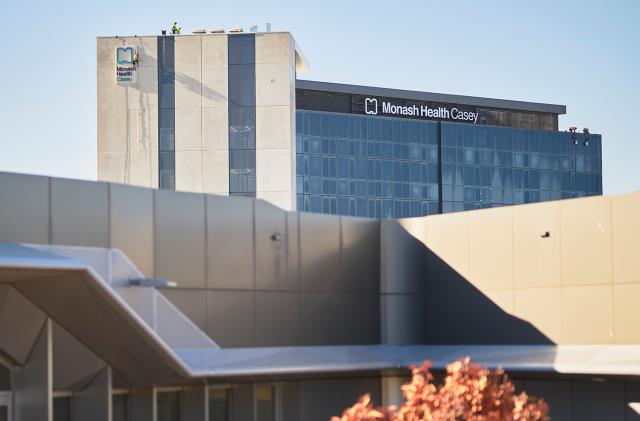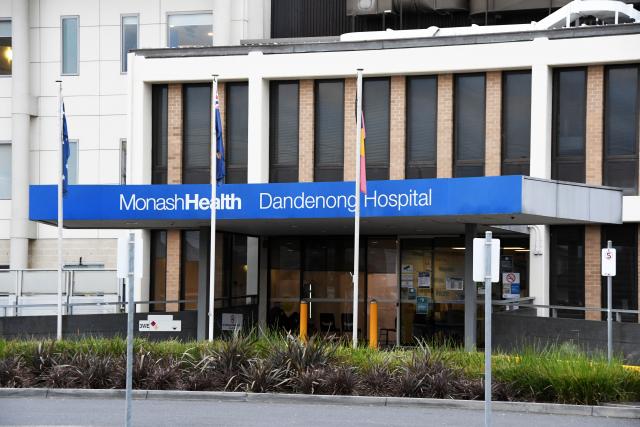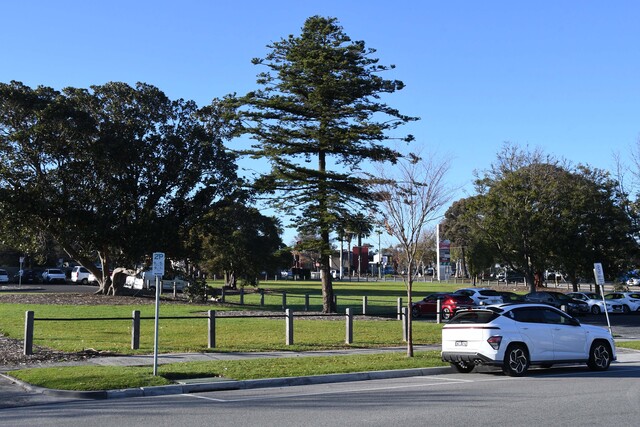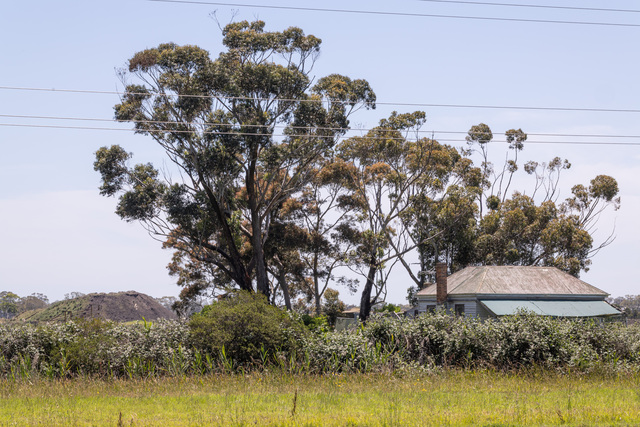Elective surgery wait times have improved overall at Casey and Dandenong Hospitals, according to the latest quarterly stats released by the Victorian Agency for Health Information.
Both hospitals completed 100 per cent of urgent surgeries (category 1) within the recommended 30-day wait times in the October-December 2024 quarter. This was also the case in the same quarter in 2023.
By the end of the reporting between October to December 2024, the median waiting time for semi-urgent (category 2) planned surgeries was 67 days in Casey Hospital with 66 per cent treated within the clinically recommended time of 90 days.
This is compared to 60 days at Dandenong Hospital with a 63 per cent semi-urgent patients treated within 90 days.
Similarly, in category 3, 80 per cent of non-urgent patients were seen within the recommended time of 365 days.
This is a significant improvement from 47 per cent a year earlier.
Dandenong Hospital also recorded an improved 62 per cent, up from 43 per cent.
However, despite the improvements, there are a large number of patients receiving overdue semi-urgent surgeries despite a drop in the number of people treated at Casey (18 per cent down) and Dandenong (10.5 per cent down).
Overdue surgeries are those that occur beyond the recommended treatment times.
In Casey, there were 1899 patients who received overdue semi-urgent surgeries and 1145 in Dandenong.
The average overdue wait times are 102 days in Casey and 156 days in Dandenong.
Moreover there’s a significant amount of people still on the waiting list for planned surgeries across all categories, urgent, semi-urgent and non-urgent as of December 2024.
In Casey hospital, 2287 patients are waiting and 1744 in Dandenong hospital.
Victoria’s Health Minister Mary-Anne Thomas MP says investments made to improve surgery wait times are contributing to the success of the “impressive results,” highlighting the roles of the Government’s urgent care clinics and virtual emergency department.
“Despite facing record demand our dedicated doctors, nurses, midwives and paramedics continue to provide world-class healthcare to Victorians, when and where they need it.
“We’re continuing to invest in our hospitals – growing the workforce, delivering more beds and reforming how our health services work together – to reduce pressure on EDs and our paramedics.”
Opposition health spokesperson Georgie Crozier says the system “remains far from meeting crucial benchmarks”, noting the 65 to 70 per cent of ambulance transfers within 40 minutes.
“The government keeps shifting blame, but the reality is patients are still waiting too long for care.
“Instead of fixing the root causes, the government’s response has been to penalise health services for failing to meet targets – yet it’s patients who are ultimately paying the price.
“It shouldn’t be this hard to get patients transferred and treated on time.”
Ms Crozier also points out this is despite the reduced patient load, hospitals continue to struggle to meet the 40-minute target.








